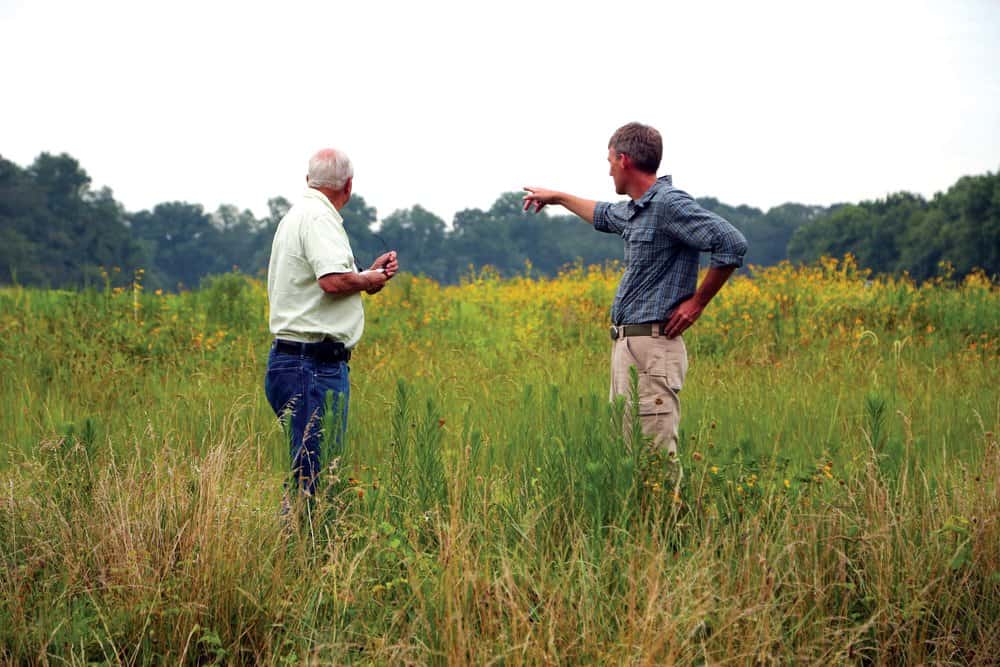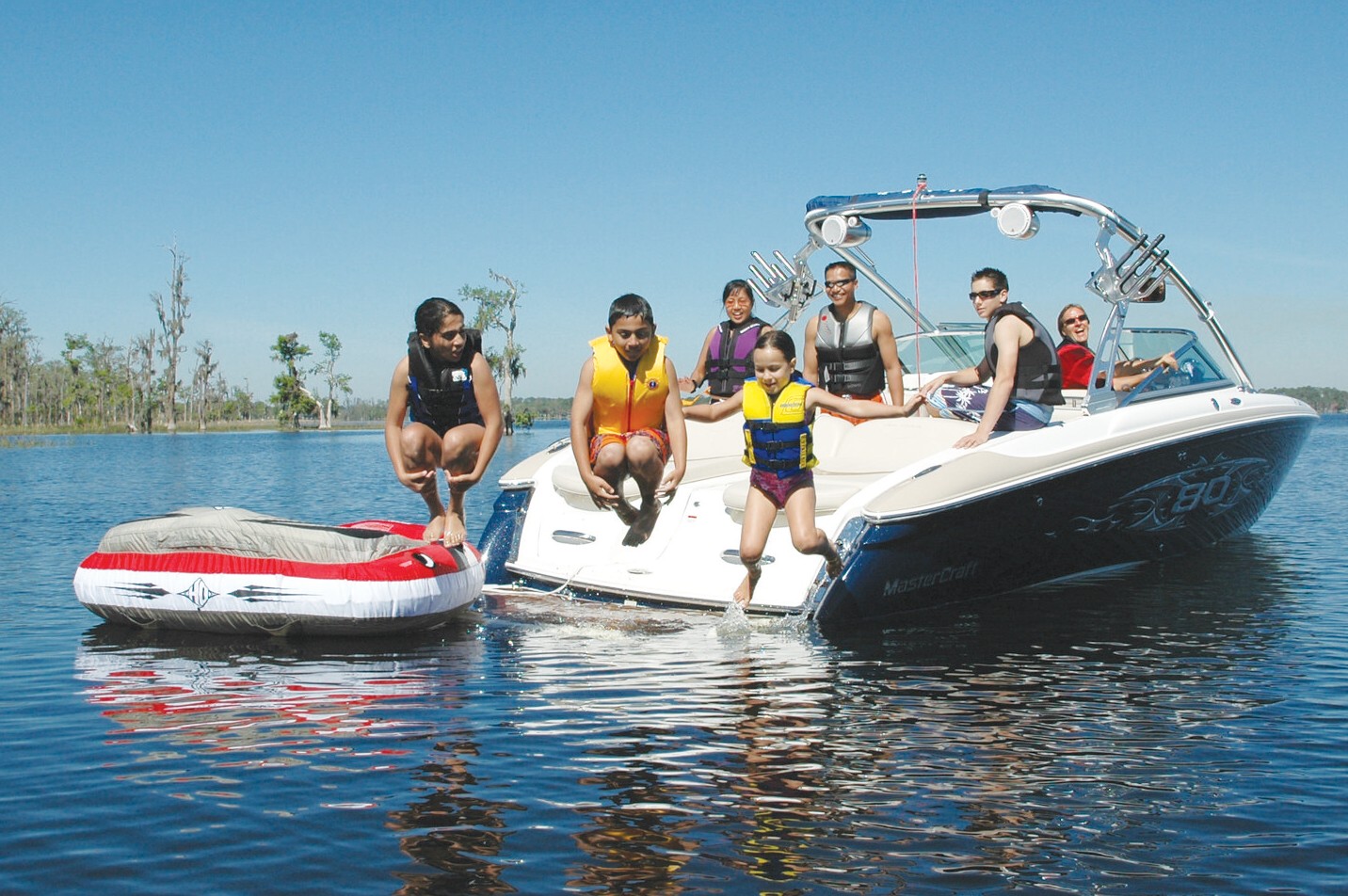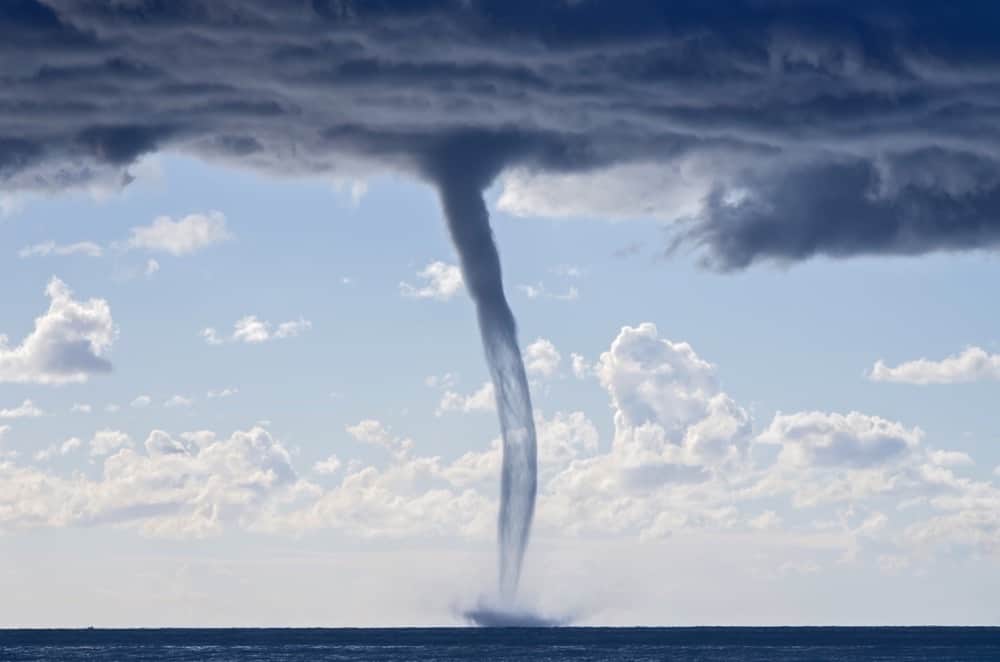Gilchrest at the Sassafras Natural Resources Management Area, home to the Sassafras Environmental Education Center. Photo by Kate Livie
Unshaven, dressed in jeans, plaid shirt, sweatshirt and a Day-Glo orange cap, The Honorable Wayne Gilchrest looks more like a slightly battered forest ranger than a former Republican Congressman. The look, which fits his new job as the Director of the Sassafras Environmental Education Center (SEEC) at Turner’s Creek in rural Kent County, is a world away from the suits Gilchrest wore on Capitol Hill when he represented the First District of Maryland in Congress from 1991 through January 2009. But it’s completely in keeping with his lifelong focus on the environment and its preservation.
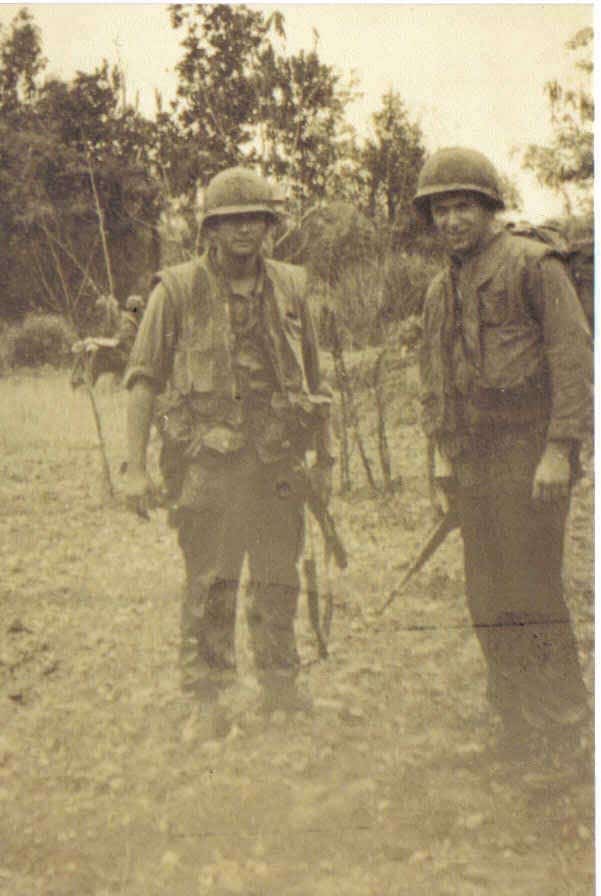
The fourth son of six, Gilchrest grew up in a lower middle-class neighborhood of Czechs, Poles, Scotch-Irish and Russians in Rahway, New Jersey. “We lived by the woods on a dirt road surrounded by chicken farms and dairy farms,” he says. “But by the time I got out of the Marine Corps, everything was gone. And it happened so fast!”
The speed with which his rural Garden State home was supplanted by development reinforced the lesson he took as a youth from the Richard Llewellyn story, How Green Was My Valley about the demise of a Welsh coal town. “The coal slag destroyed the hillside and the air there,” he says. “The town disappeared in the name of economic development.”
Those images stuck with him when he joined the Marine Corps in 1964. He served a year in Vietnam and earned a Purple Heart, a Bronze Star, and a Navy commendation, but it was the “seeing the world” part of the military that made the deepest impression on him. “Training in the Caribbean and 200 miles north of the Arctic Circle in the winter and being in the deserts of Southern California and the wet jungles of Vietnam [with] the Marine Corps embedded environmentalism in me,” he says. “The planet is an extraordinary place.”
On his discharge in 1967, he got an associate’s degree at Wesley College in Dover, Delaware, did a stint at Union College in New York, which included an Appalachian semester studying rural poverty, and he then earned a B.A. in history from Delaware State College. For fourteen years, he taught high school civics and history in New Jersey, Vermont and finally in Kent County, Maryland, his wife’s family home. There, he regularly kayaked through the Bay’s many creeks and tributaries. In 1986, he watched Never Cry Wolf based on the autobiography of naturalist Farley Mowat, “The most pleasant, arrogant person I’ve ever talked to.” The film infected Gilchrest with a yearning to “go into the wilderness.” So, he wrote to the U.S. Forestry Service looking for an assignment.
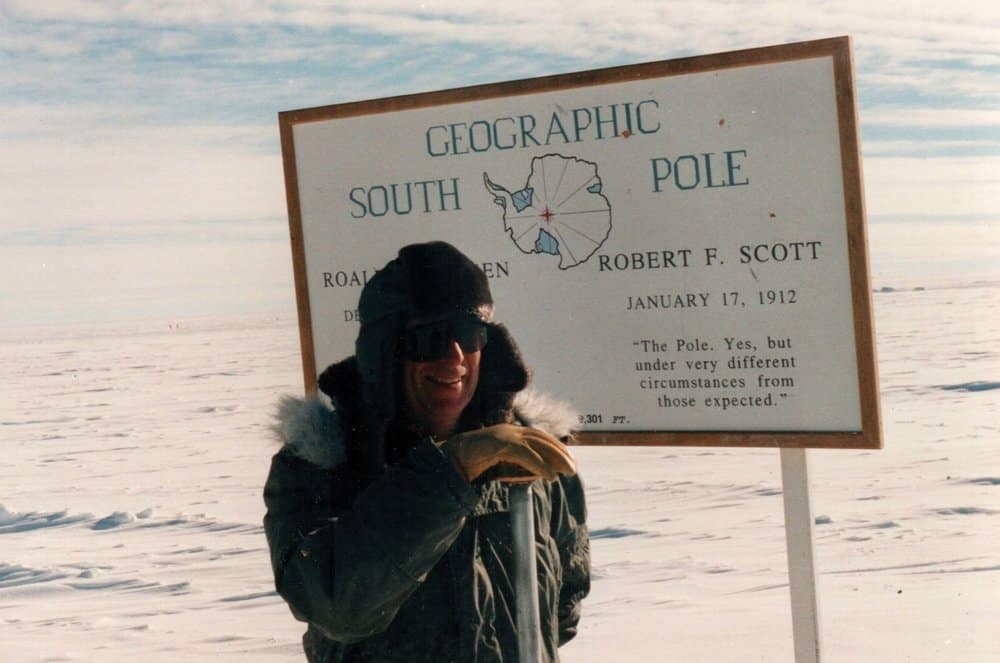
“They asked me to come out to meet with them to see if I was a nut case or a legitimate person,” he says with a smile. Legitimate, evidently. They offered him a choice of locations. He chose a cabin 25 miles from nowhere in Idaho. “It was about 5000-foot elevation, which meant you were above the snake line—no timber rattlers—and it had running water from a nearby stream,” Gilchrest remembers. It wasn’t his wife’s cup of tea. She went back home with their young daughter the next day. But he stayed off and on with their two young sons for almost a year.
“The school board had refused my request for a leave of absence, so when I came back, I had to paint houses for a living,” he says. Then he learned that the Republicans didn’t have a candidate to run against incumbent Democrat Roy Dyson for the First District Congressional seat in 1988. “He wanted to fill wetlands and send troops to Nicaragua,” Gilchrest remembers. “I had been in Vietnam and knew what it was like, so I threw my proverbial hat in the ring.”
He lost, but ran again in 1990 and won. It was a kind of Mr. Smith Goes to Washington-effort to make a difference that eventually ran smack into the hardline political machine. Yet at first, his idealism was reinforced by the ecumenical orientation that took place:
“About a week after the election, all the freshman met in the Capitol in D.C., and we went to Harvard for a week, and all the issues that Congress deals with—economy, transportation, foreign policy, fundraising, you name it— every expert that Harvard could come up with gave us a segment of time to talk about the fundamental issues regarding those subjects,” Gilchrest remembers. “Then in November of ‘94 when Republicans won control of the House, the Democrats went to Harvard and the Republicans stayed in D.C., and one of the prominent speakers was Rush Limbaugh.”
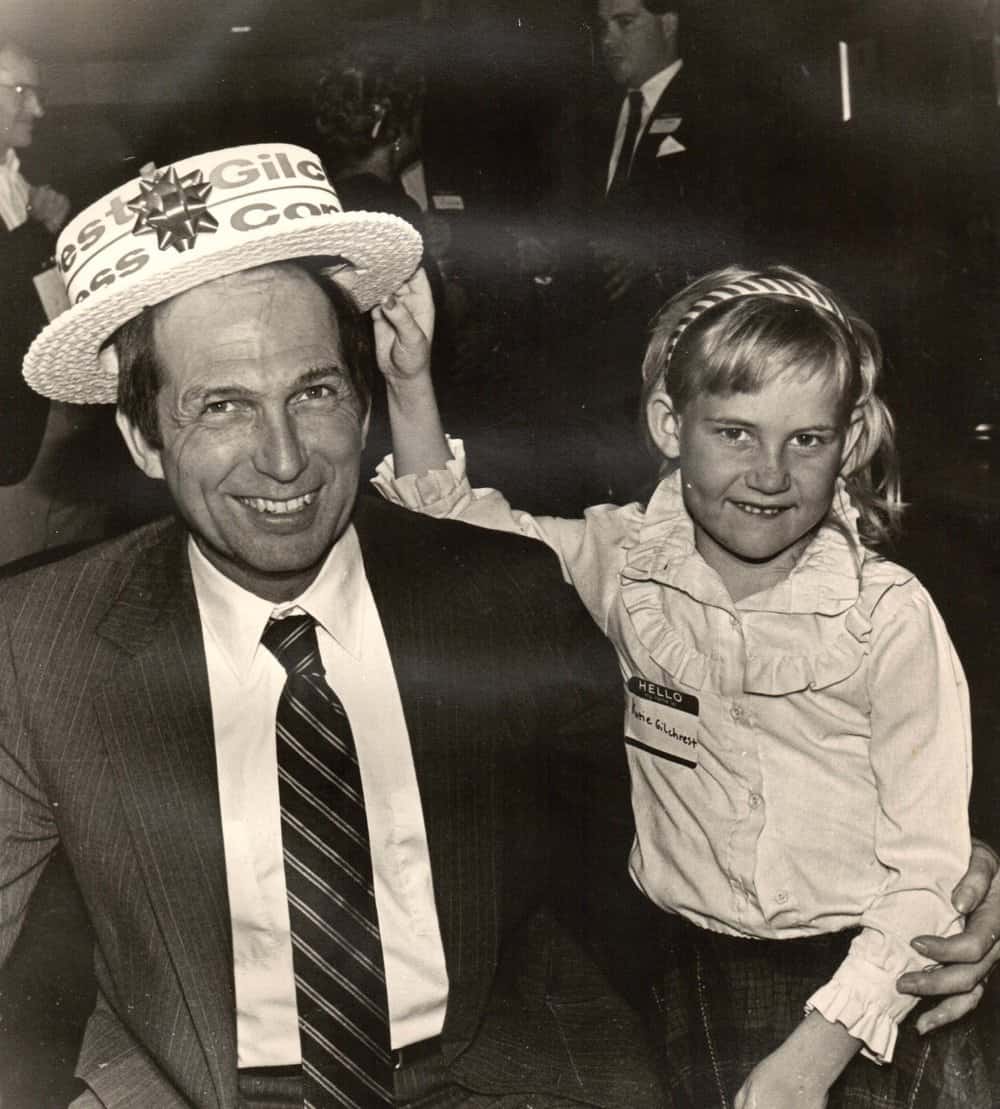
Though Gilchrest found this a discouraging development, it didn’t derail his sense of purpose. He served on numerous committees—Natural Resources (1994-2009), Fisheries and Wild Oceans, which he eventually chaired, Transportation and Infrastructure, Chesapeake Bay Watershed Task Force, Climate Change Caucus and others. He also founded several environmentally focused legislative groups. His moderate voting record, his personal accessibility, down-to-earth practicality and willingness to consider different points of view won him broad support among his constituents. And he returned the favor.
In the early 1990’s, the U.S. Army planned to build a chemical weapons incinerator at Aberdeen Proving Ground (APG), one of eight proposed nationwide. However, an ad hoc citizens group called The Coalition for Safe Disposal of Chemical Weapons objected, citing incinerator explosions, multiple toxic chemical releases and other hazards to human health and the environment that had taken place in the Army’s incinerator prototype at Johnston Atoll.
To inform himself, Gilchrest took a tour of the APG chemical weapons program. Suited up in hazmat gear and breathing apparatus, he watched an Army scientist test a specimen of the mustard gas stored there. “How do you dispose of that specimen when you’ve finished testing?” he had asked. “We boil it, which neutralizes it,” was the answer.
“I thought then that they could do that with all of the mustard gas stockpile,” Gilchrest says, though he knew the Army had decided on incineration. Even so, he went with five members of the coalition armed with support from The National Science Council to APG to talk with the general who headed the base in an effort to change the Army’s mind. I was along for this meeting, and we sat around a small conference table. Typically low-key and modest, Gilchrest took a chair in a corner. He quietly listened to the back-and-forth across the table until the general leaned back in his chair and said, “You don’t understand. We’re the Army. We can do what we want.” For the first time since we’d walked into the room Gilchrest spoke, “You don’t understand,” he said gently. “We’re Congress and we hold the purse strings.”
In the end, APG built a neutralization plant and disposed of its stockpile without incident—a win for democracy and the environment.
In addition to his bona fides on environmental questions, Gilchrest’s credentials as a Vietnam vet made him a perfect candidate to explore normalizing U.S. relations with Vietnam in the early ‘90s. Congressman Douglas Brian “Pete” Peterson, a former fighter pilot, who had earned the Silver Star, the Legion of Merit and the Prisoner of War Medal for the six years he had spent as a POW, took Gilchrest and five other Vietnam veteran Congressmen on an exploratory trip to Vietnam, Laos, and Cambodia. “When we were just about to fly back home, we got a call from the president of Vietnam, who asked us to come back,” Gilchrest remembers. “We were all in a room in the palace in a circle along with some former Viet Cong.”
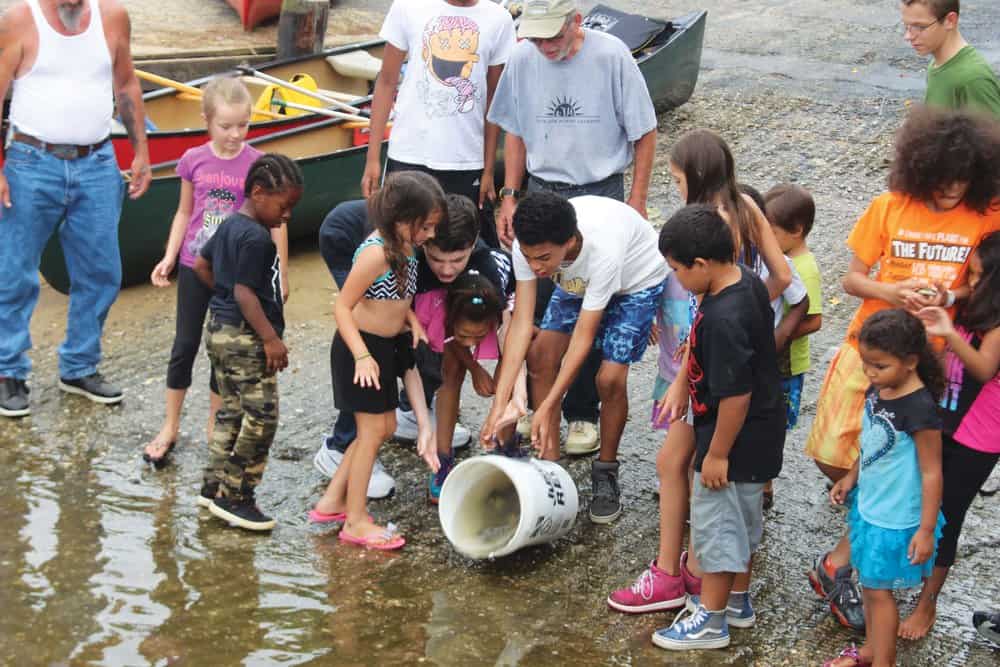
The president asked each of the vets, American and Vietnamese, to talk about their war experiences. One Viet Cong soldier had been fighting in the same area that Gilchrest had been in. “We could have been shooting at each other,” Gilchrest says quietly. Someone in the U.S. group mentioned that Gilchrest had been wounded—he had been shot through the chest; the bullet had exited his back. The president asked to see the wound. “I pulled my shirt up and showed him my chest, then he went around behind me and pulled up my shirt to see where it came out,” Gilchrest remembers.
Despite having been enemies, they were not surprised to learn they all shared a kinship and many of the same experiences. “We looked around at each other in that circle, thinking we were all of us young men at the time doing our duty. We got up and shook hands or hugged one another. The feeling in that room was very moving,” he says. “The people back home who hadn’t fought were often against normalization,” Gilchrest notes, “but we were all for it.”
In contrast, the atmosphere in Congress grew more polarized, and Gilchrest found himself increasingly attacked by his own party as a “Republican in name only.” Word spread of the party’s increasing efforts to replace Gilchrest. The TV show, West Wing, had an episode that included an environmentally minded Republican Congressman from Maryland’s Eastern Shore under siege from his own party, clearly based
on Gilchrest.
The writing was on the wall. In 2008, Andy Harris, backed by the National Rifle Association, defeated Gilchrest in the primary. After that, Gilchrest broke with the party and endorsed the Democratic nominee, Frank Kratovil, in the general election. Kratovil won. When approached about his choice, Gilchrest was quoted as saying, “Let’s see—party loyalty or integrity?” When asked about the quote, Gilchrest replied laughing, “What’s more important? My pathetic short-term political career or my eternal soul?”
Many of Gilchrest’s supporters were bereft. Gilchrest was known and respected as the Congressman who periodically slept on his office sofa during the week and went home on weekends, whose unassuming manner occasionally deceived opponents into underestimating him, and who wasn’t afraid to buck the tide. But those seventeen years had been something of a slog for Gilchrest, especially toward the end. When asked if he missed Congress as much as many of his constituents missed him, Gilchrest is quick to reply, “No, it was just getting worse and worse!”

When we sat down together for this profile, I asked how he viewed Washington now.
“Members of Congress have access to every expert on any issue in the country,” he said. “You want to learn about climate change? The history of Afghanistan? Historical events, Middle East, Asia? You name it! [Yet], very few members take advantage of that. This is a beautiful democratic system,” he added, “but it’s dependent on people that are competent, informed and have integrity, and if you don’t have those three things in there, the system can go right off the track. And another critical element is the voters—how knowledgeable are the voters about issues?”
While he will talk politics, he’s much more interested in talking about the 2800-plus students who come annually to the Sassafras Education and Environmental Center, which he started in 2010. Now part of the non-profit Eastern Shore Land Conservancy (ESLC) and in collaboration with the Maryland Department of Natural Resources, the SEEC experiences are designed to till up the fertile imaginations of the next generation and seed them with scientific fact.
Among other things, the center’s program aims to increase understanding that land use and the Bay’s health are inextricably tied together—as is the health of every living thing in, on and around it. To give students a physical understanding of that connection, Gilchrest leads them through the marked trails in the forested buffer of 12,000 trees along Turner’s Creek, which were planted over three years by SEEC students. “The 6th and 9th grades did the tree planting,” Gilchrest explains. “The next year, the 7th graders came out and monitored the trees they had planted the year before, and the 10th graders came to take water samples and do analyses to see how the buffer cleans water.”
In addition to the water testing, students record the number of macro-organisms visible year-over-year, another indication of water quality. The meadow, which also holds the vegetable garden, is another effort to illustrate the link between land use and Bay health. Gilchrest splays open a thick corn tassel to reveal “what corn was like 10,000 years ago before the Native tribes began to crossbreed it.” The 7th grade students examine the teosinte (TAY’-oh-SIN-tay) kernels, which look less like corn and more like the sticky green seeds on your socks after a walk in the woods. The kids are underwhelmed. It’s only when they see the through-the-ages genetic progression of Zea mays lined up on the picnic table that they begin to grasp the change human beings have laboriously wrought over thousands of years to reach the butter-slathered cob we eat today. The garden also provides fodder for considering a range of scientific and ethical issues. For example, the stand of Monsanto corn-through-the-ages growing there includes often-controversial GMO corn, which, Gilchrest explains to the 7th graders, has both upsides and potential downsides for humanity and the environment. “They are getting bare basic facts here year after year,” he says. “Real facts!”
The organization works closely with every classroom teacher who brings a class out in an effort to reinforce and enlarge on their individual school curriculums. With the older children, the program also brings in questions of economics and next-gen jobs.
“We talk about it needing to be environmentally sound and economically viable,” Gilchrest says. “We talk about there being a lot of career potential from the things we teach out here. You have a potential to be a vet, geologist, farmer, soil scientist, and, in the humanities part and history, you can be a politician—and learn how to be a good one!” he grins.
Former politicians are usually focused on their legacy, and Gilchrest is no exception. But for him, his legacy has little to do with perpetuating his name and everything to do with passing on to the next generation an understanding of what it takes to be good stewards of the environment, our society and our world.
“These kids are the soil from which wisdom grows,” Gilchrest says. “If you want a good crop of vegetables, you have to take care of your soil—healthy soil produces good food. Healthy children with good access to good teachers and real knowledge are fundamental for civilization.”


